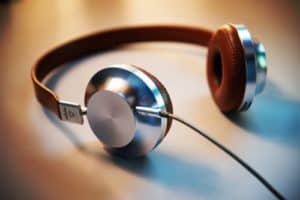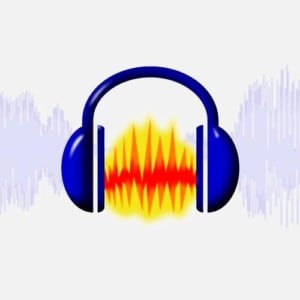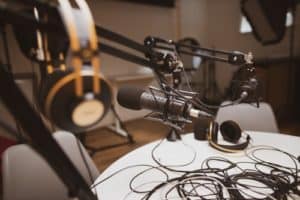Section Navigation
Introduction
Students will learn what copyright is and how it relates to gaming. They will learn key concepts such as trademarks, patents, the public domain, fair use, intellectual property and infringement. A thorough understanding and awareness of copyright will help students avoid infringing on someone else’s work (music, imagery, words, and titles). Students will also learn how to protect their own creative work by learning how to apply for trademarks and licenses.
Learning Goals
Students will gain a thorough understanding of what copyright is and how to apply it to gaming. This module covers important concepts such as: trademarks, patents, the public domain, fair use, and infringement. Students be able to create characters images, scene images, settings, dialogue, and music without infringing on someone else’s pre-existing work, or use pre-existing work found in the public domain/creative commons. This module teaches the consequences of copyright infringement, how to prevent infringement, and how to apply for a registered trademark and license to protect intellectual property and created works.
Vocabulary
Copyright - Legal protection for literary, artistic, dramatic or musical works (including computer programs) and other subject-matter known as performer’s performances, sound recordings and communication signals
Creative Commons - An American non-profit organization devoted to expanding the range of creative works available for others to build upon legally and share.
Fair Use - Any copying of copyrighted material done for a limited and “transformative” purpose, such as to comment upon, criticize, or parody a copyrighted work. Such uses can be done without permission from the copyright owner.
(Copyright) Infringement - Work protected under copyright law that is used without permission.
Intellectual Property - A work or invention that is the result of creativity, such as a manuscript or a design, to which one has rights and for which one may apply for a patent, copyright, trademark, etc.
Patent - Confers exclusive rights over new and useful inventions (product, composition, machine, process) or any new and useful improvement to an existing invention.
Public Domain - Creative materials that are not protected by intellectual property laws such as copyright, trademark, or patent laws. The public owns these works, not any individual author or artist.
Tangible - Perceptible by touch.
Trademarks - One or a combination of words, sounds or designs used to distinguish the goods or services of one person or organization from those of others.
Sources
- Office, C. (2018). A guide to copyright – Canadian Intellectual Property Office. [online]
- “Creative Commons.” Wikipedia, Wikimedia Foundation, 6 June 2018.
- Stim, R. (2018). What Is Fair Use?. [online] Stanford Copyright and Fair Use Center.
Guiding Questions
- What do you know about copyright?
- How does copyright apply to gaming?
Curriculum Links
This module aligns with any curriculum where students might be called upon to create a project of any kind where they may be referring to existing works (words, images, projects), to understand how to avoid copying another’s work.
Materials
Copyright Worksheet – Download Assets Folder (ZIP)
Non-Computer Activity
Using the worksheet provided, students will determine whether a creative work is trademarked or from the public domain.
- Look at the images, words, and titles in the left column of the worksheet.
- Write a T for trademark and PD for public domain beside them in the right column.
- After completing the worksheet, check your answers against the answer sheet.
Students can explore more resources by going to the Trademark and Creative Commons databases.
Answers
- Public Domain
- Trademarked
- Trademarked
- Public Domain
- Trademarked
- Trademarked
- Public Domain
- Public Domain
Computer Activity
- Watch the following four videos.
After watching the videos and discussing the content, students will have a greater understanding of what copyright is, why it’s important, how to respect others’ pre-existing work, and how to protect their own.
Conclusion
Host a discussion about the ethics of using someone else’s work without giving them credit.




